Throughout the article, we’ll explore a number of important technologies used in healthcare.
These technologies include Telemedicine, wearable devices, IoT, and AI. We’ll also look at the future of these technologies. In the meantime, learn more about the technologies that are already transforming the way we care for our patients. Read on to learn more about the possibilities for healthcare! Below are some of these technologies:
Wearable devices
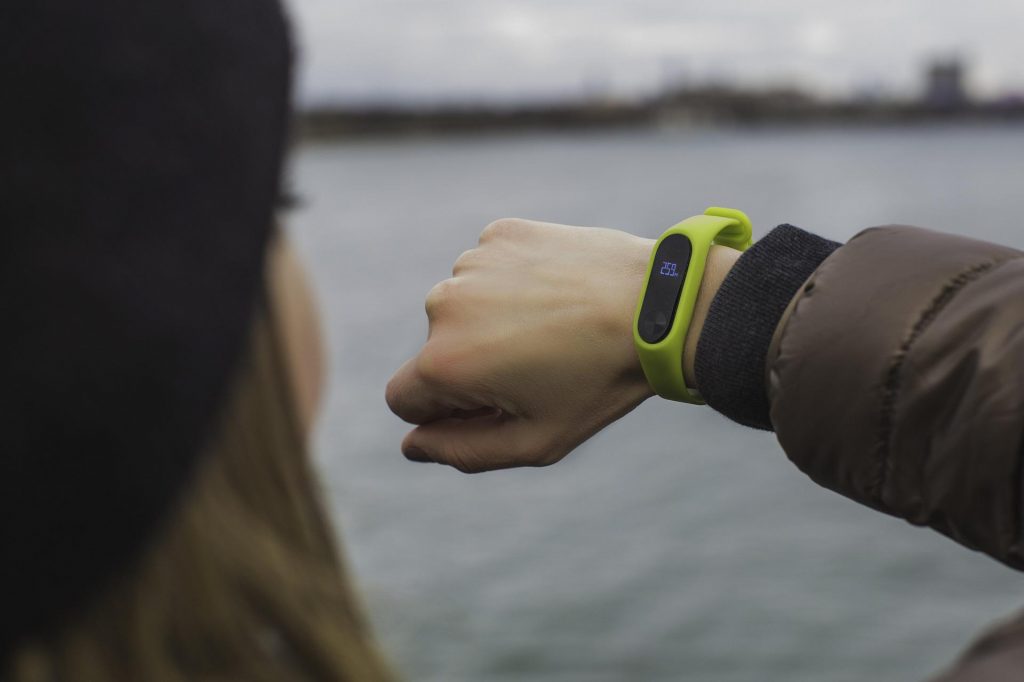
For example, Nokia has developed Body Cardio scales that use pulse wave velocity measurements to accurately log body weight and body composition. In addition, these devices can also measure pulse wave velocity, a common indicator of cardiac health and a key factor in cardiovascular incidents.
With more people suffering from cardiovascular disease, such technology has the potential to cut healthcare costs significantly. The cost-effectiveness of these new technologies is further backed by the need for fewer medical professionals.
Telemedicine
Today, telehealth solutions use a range of devices and technologies to provide high-quality care for people in remote areas. These devices and technologies are increasingly used by health providers, both public and private, to improve patient care and health outcomes. A common example is the treatment of strokes.
The technology allows providers to provide care to remote patients through video chat.
Another example is the remote patient monitoring provided by mobile phones.
While the technology has numerous benefits, telemedicine also poses some challenges.
Some of these challenges are related to reimbursement policies, privacy protection, and healthcare laws. Many states have already passed laws to encourage this type of practice.
The federal government is now looking into ways to reimburse hospitals that use this type of technology. However, the cost of telemedicine is still a deterrent for many physicians and hospitals.
Ultimately, it can improve patient outcomes and reduce costs.
IoT
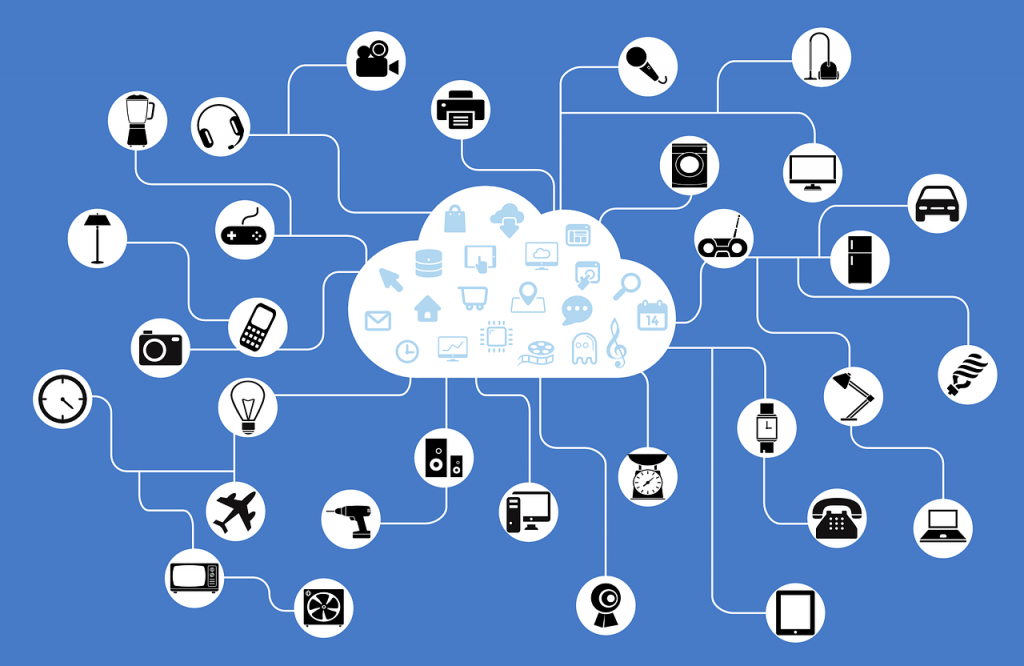
IoT in healthcare is becoming an increasingly important topic as advanced information technologies are transforming the way we live our lives. Using sensor-based technology, IoT is creating better medical solutions. It is helping reduce the risk of surgery for people during complicated cases such as the COVID-19 pandemic.
By reducing the risk of COVID-19-related surgery, IoT helps doctors and surgeons perform COVID-19 treatments with greater accuracy. This technology also helps improve surgeons’ overall performance.
A common example of IoT in healthcare is the Eversense CGM System, which uses a 90-day glucose sensor embedded under a patient’s skin to send blood glucose levels to a smartphone app.
Other applications of IoT in healthcare include automated treatment devices that improve the quality of life for chronic patients and help doctors track medication adherence. For example, Philips developed a medication dispensing service for the elderly. The device notifies patients when to take their medication and dispenses prefilled cups.
AI
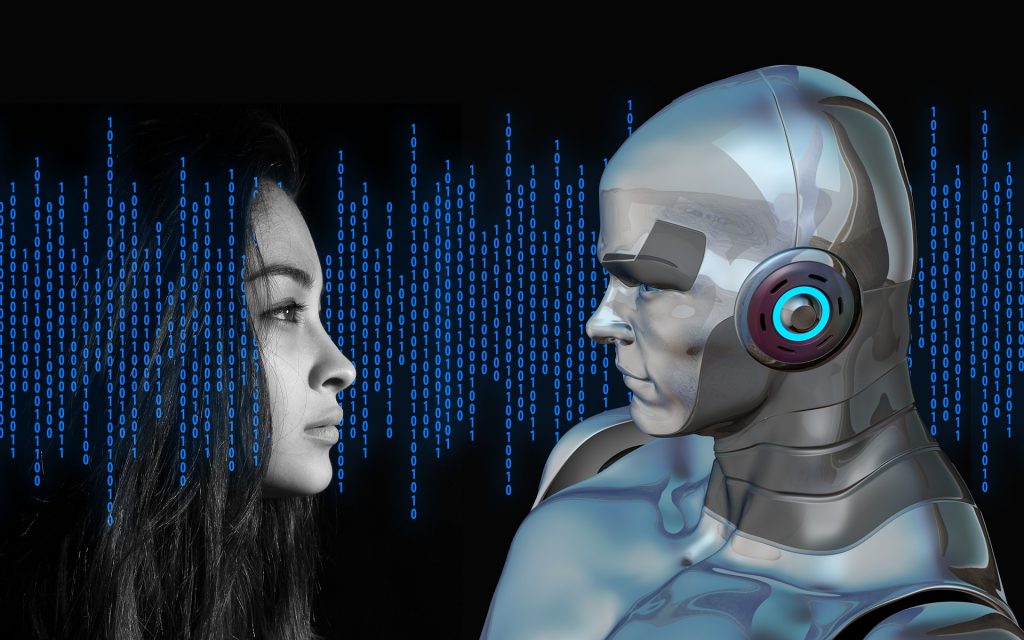
One of the biggest challenges for AI in healthcare is adoption in daily clinical practice.
First, healthcare organizations must ensure that AI systems are safe and compliant with regulations.
Once implemented, AI systems must be taught to clinicians and paid for by payer organizations.
After that, they must be continuously updated in the field. Ultimately, this process will take much longer than the technology itself. But if the challenges can be overcome, AI in healthcare can have a profound impact on patient care.
One of the earliest uses of AI in healthcare has been in diagnosis. Since the 1970s, researchers have developed rule-based systems for diagnosing diseases, such as MYCIN, which was developed at Stanford University.
These early rule-based systems performed better than humans but were not widely adopted.
The lack of acceptance was due in part to their incompatibility with healthcare workflows and medical record systems. This has changed with the development of AI.
Patient monitoring systems
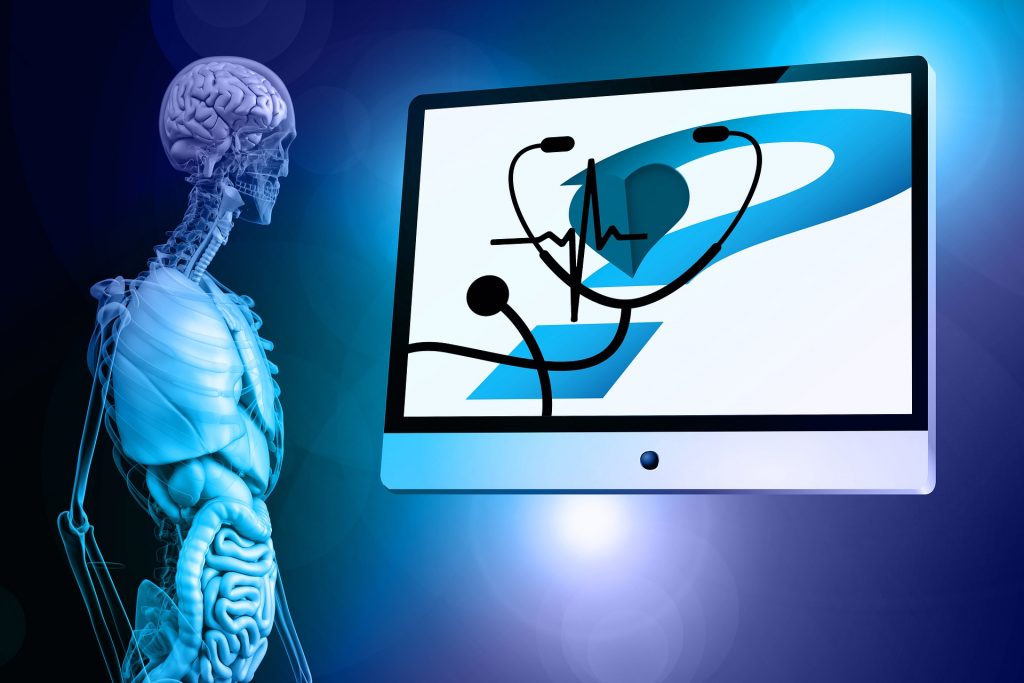
A patient monitoring system is a device that measures biometric values and records, distributes, and displays them on a screen. This technology is often installed in clinics or hospitals, but some portable units are also used in remote areas. Unlike stationary monitors, these portable devices can transmit data to healthcare providers in different locations. These devices have numerous advantages. Here are some of the most common examples. Read on to find out how these systems can improve the quality of healthcare and reduce costs.
Remote patient monitoring (RPM) is an essential component of the telehealth and e-health industries.
It allows healthcare providers to monitor patients at home and make proactive decisions in real-time. It also encourages patients to be more involved in their own healthcare and have better overall health outcomes. A remote patient monitoring system is an important part of an aging population and is increasingly becoming essential for a variety of reasons.
EHRs
Why are EHRs used in healthcare? Well, they are useful tools for documentation. By connecting health information from different sources, EHRs can make documentation faster and easier. Additionally, an EHR can be shared between providers, providing a complete picture of a patient’s health. The following are just some of the benefits of EHRs in healthcare. Let’s explore each one in more detail. So, what exactly are EHRs, and why do we need them?
Hospitals have largely embraced EHRs. According to the ONC, more than 80 percent of hospitals now use EHRs for seven of the ten processes examined. In 2017, hospitals used EHR data for seven out of 10 processes, a substantial increase from just two years earlier. In addition, they also use EHR data to identify high-risk patients, develop individual provider profiles, and measure the performance of their organizations.








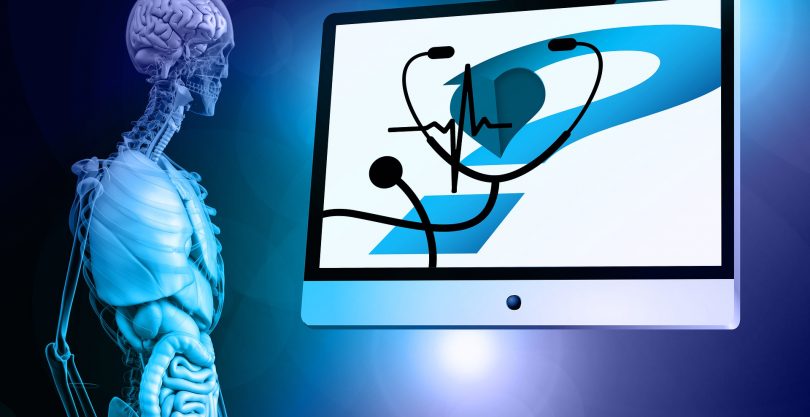

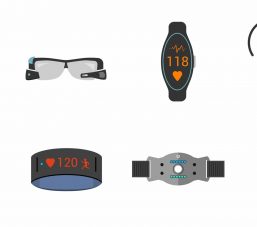

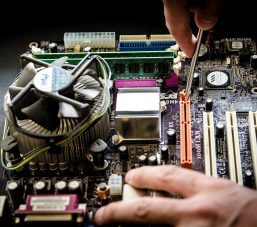
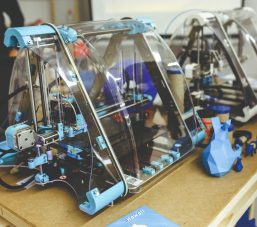
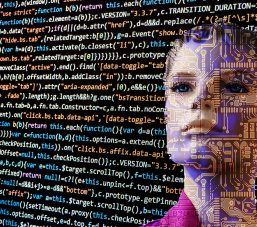
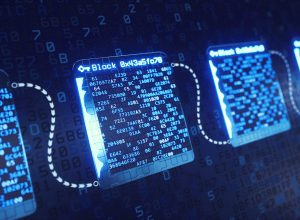
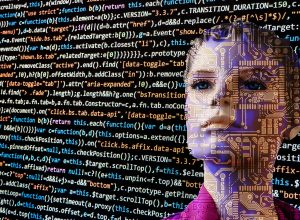
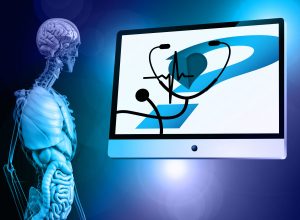

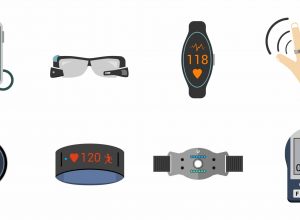
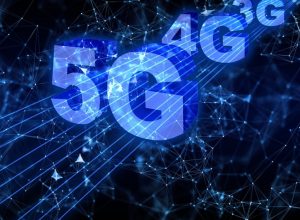

Comments